Home>Dining>Events & Etiquette>Table Etiquette: How To Rest Forks
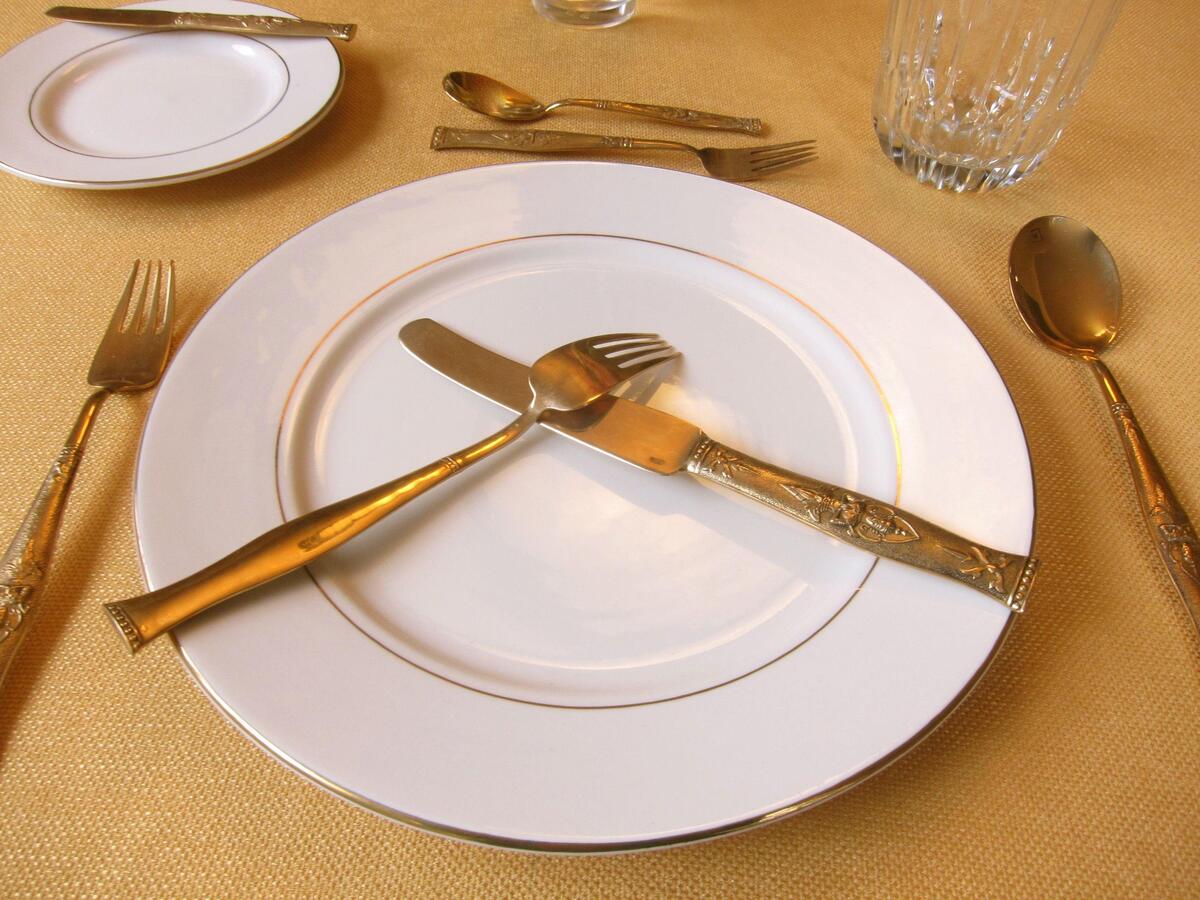

Events & Etiquette
Table Etiquette: How To Rest Forks
Modified: January 4, 2024
Learn proper table etiquette and how to place and rest forks during an event. Enhance your knowledge in event and etiquette skills.
(Many of the links in this article redirect to a specific reviewed product. Your purchase of these products through affiliate links helps to generate commission for Storables.com, at no extra cost. Learn more)
Introduction
Welcome to the world of table etiquette! When it comes to attending formal events or dining at upscale restaurants, knowing the proper etiquette can make a significant difference. From the way you hold your utensils to the way you rest them, every detail counts. In this article, we will focus on one particular aspect of table etiquette – how to rest forks.
Understanding the correct placement of forks is essential for maintaining an elegant and polished dining experience. It not only showcases your knowledge of etiquette but also ensures that you are following the traditional rules of dining. So, let’s dive in and explore the proper way to rest forks.
Key Takeaways:
- Master the art of resting forks to signal pauses and course completion, showcasing your etiquette knowledge and respect for traditional dining rules.
- Adapt fork placement to the occasion, using alternative options like utensil holders or side plates for a flexible yet orderly dining experience.
Read more: Which Is The Salad Fork: Table Etiquette
Understanding Fork Placement
Before we delve into the specifics of resting forks, it’s crucial to have a basic understanding of fork placement on the table. In formal dining settings, forks are typically placed to the left of the dinner plate, with the order of their placement indicating the order of their use during the meal.
The general rule of thumb is that the fork farthest from the plate is for the first course, and the others follow in order towards the plate. For example, if you are having a three-course meal, the fork farthest to the left will be for the appetizer, the middle fork for the main course, and the closest fork to the plate for the dessert.
Another important aspect of fork placement is the spacing between the forks. Each fork should be evenly spaced and aligned parallel to the bottom edge of the table, creating a neat and organized arrangement.
Now that we have a clear understanding of fork placement, let’s move on to the proper way to rest forks during a meal.
The Proper Way to Rest Forks
Resting forks correctly is an essential part of table etiquette. It not only indicates to the server that you are temporarily done with your meal but also prevents any accidental spills or cross-contamination of food.
When resting your fork during a meal, there are a few key guidelines to keep in mind:
- Place the fork on your plate: Once you have finished using your fork for a particular course, rest it on the edge of your plate. Make sure the tines of the fork are facing up. This prevents the fork from touching the tablecloth or contaminating other utensils.
- Position the fork to the left of the plate: When resting your fork, position it slightly to the left of the plate. This is the standard placement for utensils during a meal. The fork should be parallel to the bottom edge of the plate, with the handle pointing towards the center of the table.
- Avoid piercing the food: As you rest your fork on the plate, take care not to pierce or stab the remaining food. Instead, gently place the fork on the plate without disturbing the other items.
- Maintain proper spacing: If you are using multiple forks throughout the meal, ensure that you maintain the same spacing between each fork as they are placed on the plate. This helps maintain a visually pleasing arrangement while also keeping the utensils organized.
Remember, resting your fork is temporary and not a signal that you are finished with the entire meal. It simply indicates that you are pausing momentarily or waiting for the next course to be served.
Now that we have covered the proper way to rest forks, let’s explore when it is appropriate to do so.
When resting your fork during a meal, place it on the edge of your plate, tines facing up. This signals to the server that you are still eating and helps prevent the fork from sliding off the plate.
When to Rest Forks
Knowing when to rest your forks during a meal is essential to maintain proper table etiquette. The timing of resting forks can vary depending on the style of dining and the specific event. Here are some guidelines to follow:
- Resting forks between courses: In a formal dining setting, it is customary to rest your forks on the plate between courses. This indicates to the server that you have finished with the current course and are ready for the next one to be served. Remember to rest each fork that corresponds to the completed course, following the order of placement.
- Resting forks during a pause: During a long meal or a particularly lengthy conversation, it is acceptable to rest your forks momentarily when pausing for a break. This indicates that you are taking a short break from eating without indicating the end of the meal. It is important, however, to resume using your utensils when the meal continues.
- Resting forks at the end of the meal: Once you have finished your entire meal, you can rest your forks on the plate in the same manner as between courses. This signals to the server that you have completed your meal and are ready for the table to be cleared. Remember to place the forks slightly to the left of the plate, with the tines facing up.
It is important to note that resting forks should be done subtly and without drawing attention. Avoid slamming or dropping your utensils on the plate, as this can disrupt the ambiance and create unnecessary noise.
While these guidelines provide a general framework, it is crucial to adapt your behavior to the specific dining situation. Different cultures and events may have variations in etiquette, so it is always best to observe and follow the lead of your fellow diners.
Now, let’s explore alternative options for fork placement in case the traditional resting method is not suitable for the occasion.
Alternative Options for Fork Placement
While the standard method of resting forks on the plate is widely accepted, there may be situations where alternative options for fork placement are more appropriate. Here are a few scenarios where you might consider alternative fork placement:
- Fork rests or holders: Some formal dining events may provide fork rests or holders on the table. These small stands or notches are specifically designed to hold the fork while you are not using it. If such utensil holders are available, you can use them to rest your fork between courses or during pauses. These holders typically have designated slots for each utensil, ensuring an organized and visually pleasing arrangement.
- Side plate: In more casual settings or when no specific utensil holders are available, you can place your fork on the side plate. Place the side plate to the left of your main plate, and rest the fork on the side plate between bites or when you are not actively using it. This provides an alternative resting place that keeps the fork separate from the main plate.
- Resting diagonally on the plate: If there is limited space on your plate or you prefer a more compact arrangement, you can rest the fork diagonally across the plate. Position the fork from the bottom left corner to the upper right corner, with the handle pointing towards the center of the table. This keeps the fork within easy reach while still indicating that you are temporarily done with your meal.
- Signal to the server: In certain dining situations, you may not need to physically rest your fork to indicate you are finished with a course. Instead, you can subtly communicate to the server by placing your fork at the twelve o’clock position on your plate. This signals that you are ready for the next course to be served.
Remember, it is important to gauge the formality and expectations of the specific event or venue before opting for alternative fork placement. While these options may offer more flexibility, it is still essential to maintain a sense of order and avoid clutter.
Now that we have explored alternative options for fork placement, let’s conclude our discussion on this important aspect of table etiquette.
Read more: What Is Table Etiquette?
Conclusion
Understanding the proper way to rest forks is a valuable skill when it comes to table etiquette. By following the guidelines outlined in this article, you can ensure that your dining experience is not only enjoyable but also reflects your knowledge of proper etiquette.
Remember to place your fork on the edge of the plate, with the tines facing up and positioned slightly to the left. Resting your fork indicates to the server that you have temporarily finished with a course or are taking a short break, without signaling the end of the meal.
In certain dining situations, alternative options for fork placement, such as using utensil holders or resting forks on a side plate, may be appropriate. However, it is important to adapt your behavior to the specific event or venue and maintain a sense of order and cleanliness in your arrangement.
Ultimately, the goal of proper fork placement is to create a visually appealing and organized dining experience, while also respecting the traditional rules of etiquette. By mastering this skill, you can navigate formal events and upscale restaurants with confidence, leaving a lasting impression on your fellow diners.
So, the next time you find yourself at a formal dinner or upscale restaurant, remember these tips for resting your forks. Practice and embody the art of table etiquette, and you’ll be sure to leave a positive impression as a courteous and knowledgeable diner.
Frequently Asked Questions about Table Etiquette: How To Rest Forks
Was this page helpful?
At Storables.com, we guarantee accurate and reliable information. Our content, validated by Expert Board Contributors, is crafted following stringent Editorial Policies. We're committed to providing you with well-researched, expert-backed insights for all your informational needs.
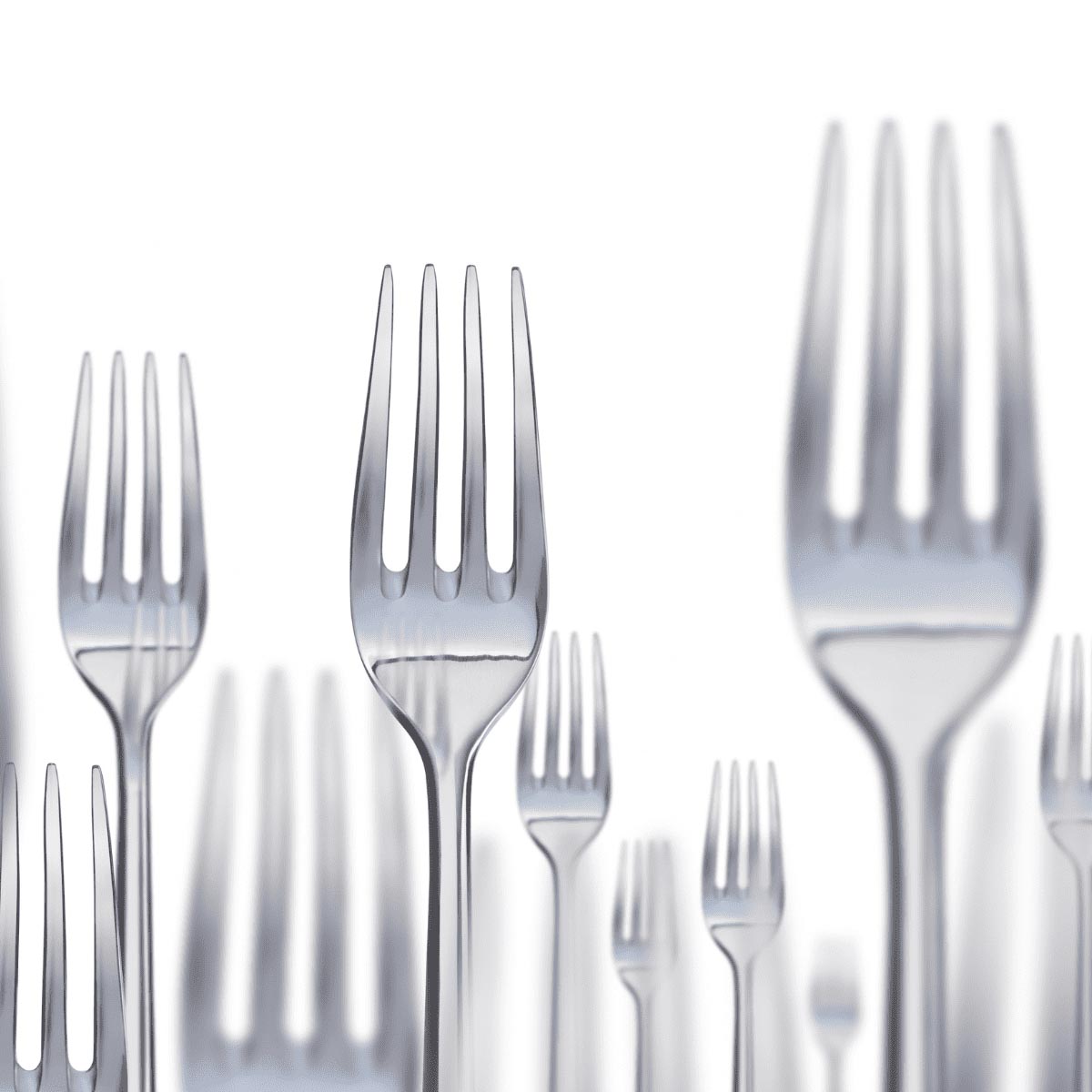
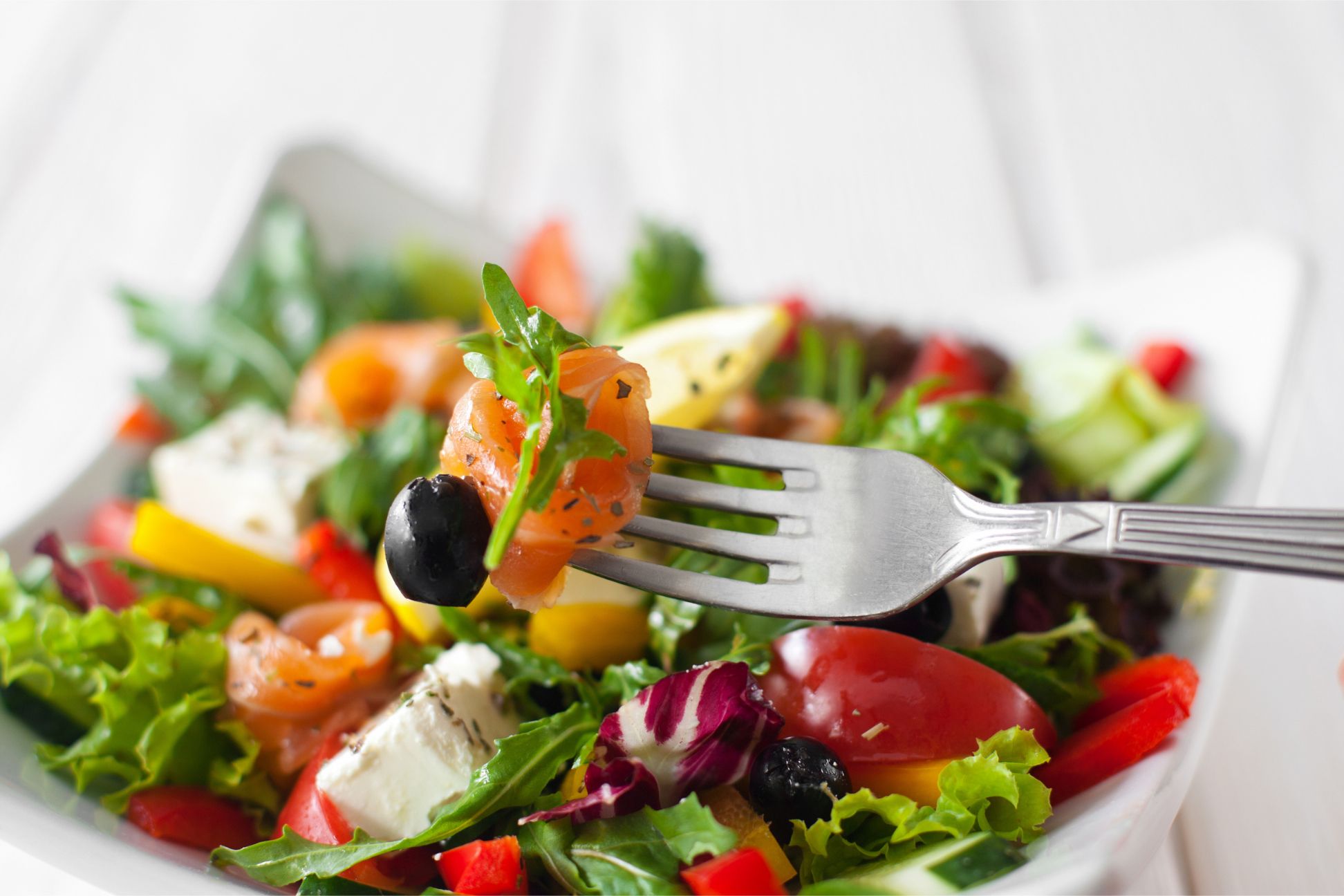
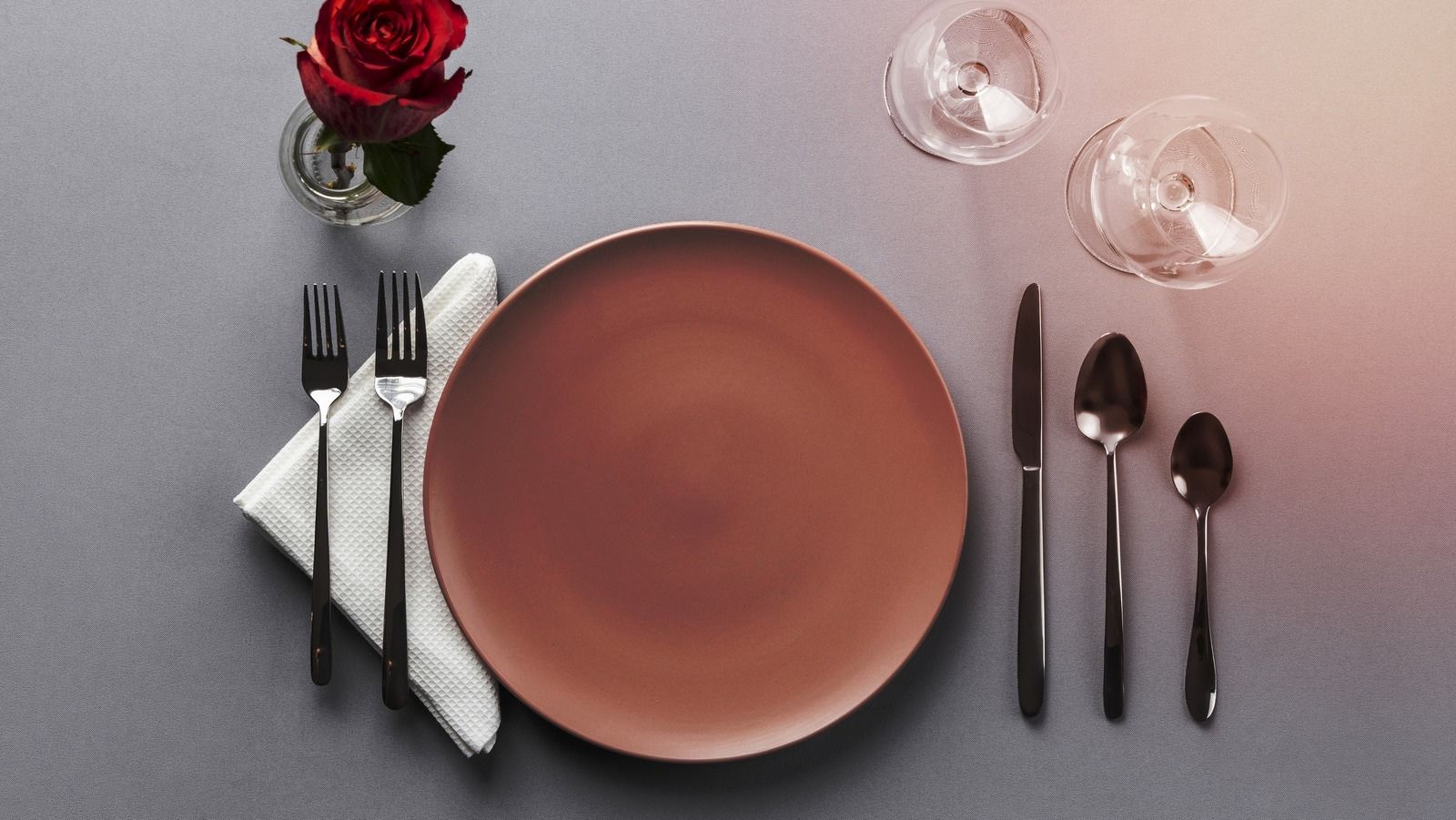
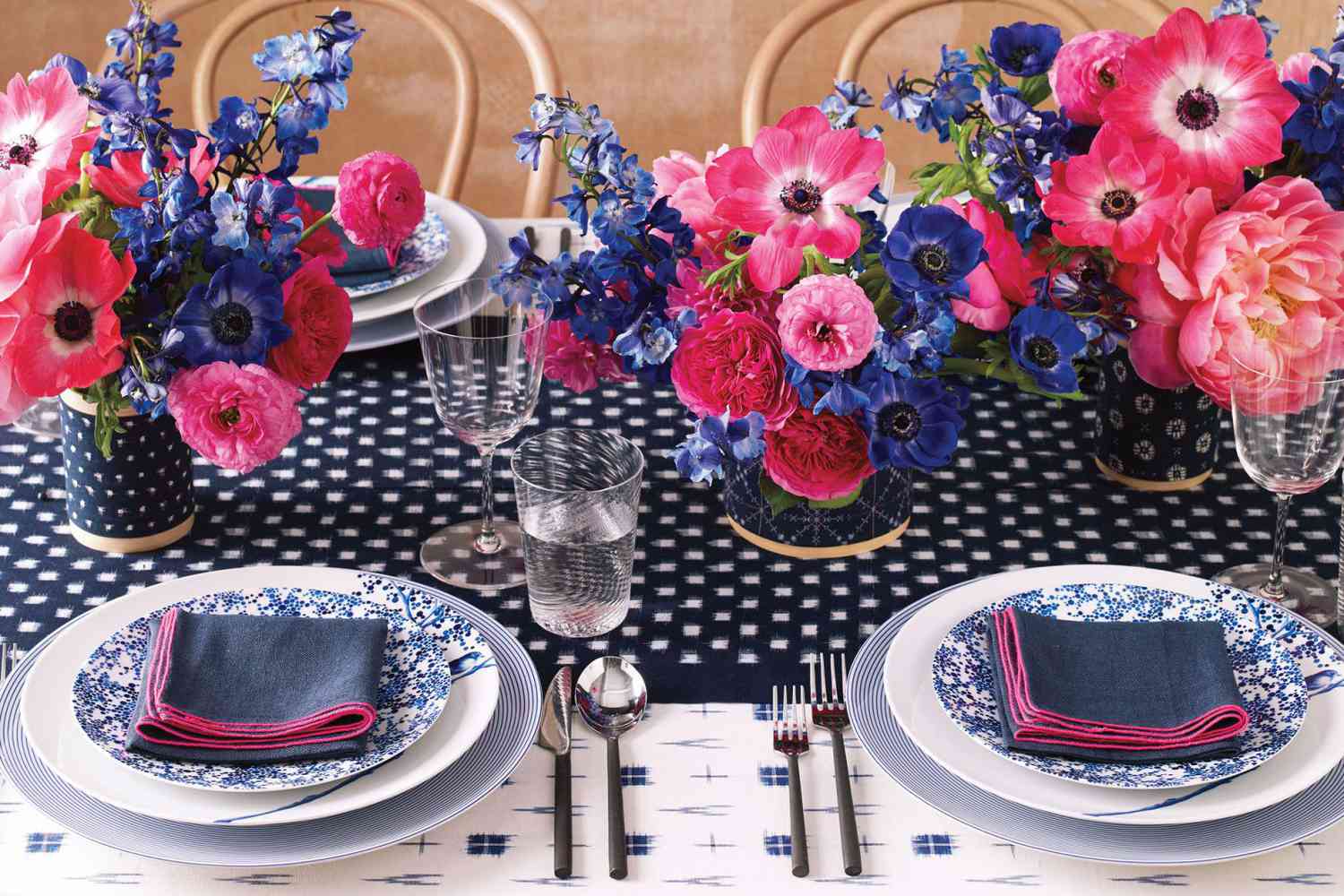
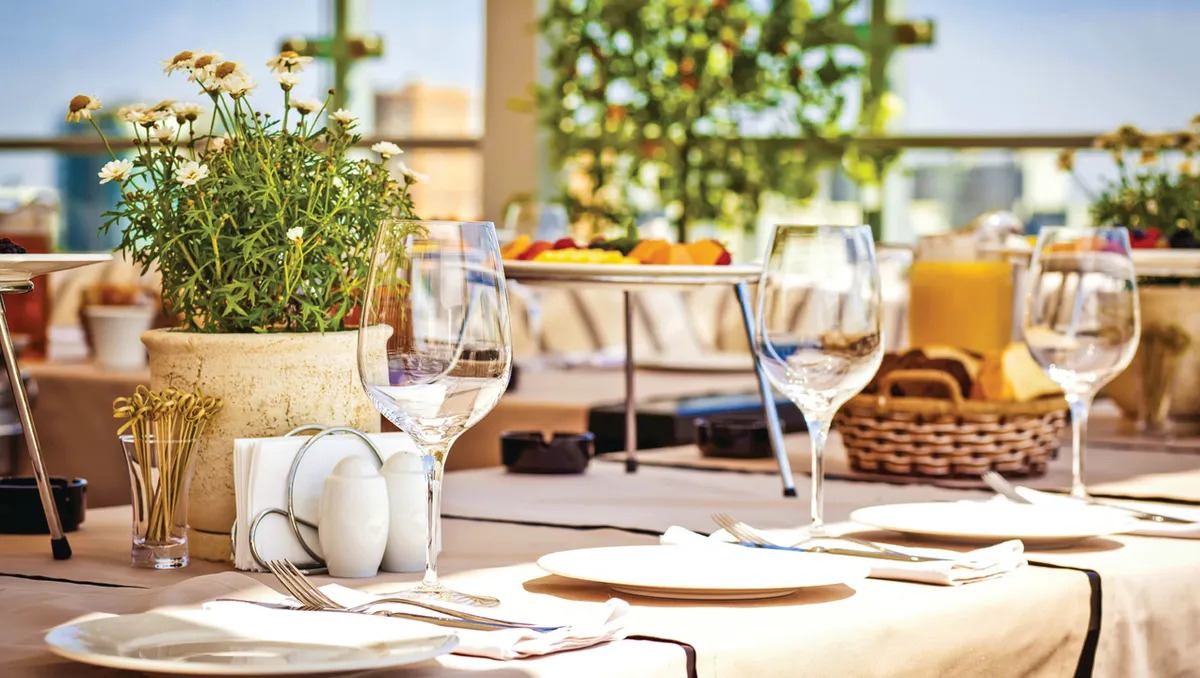
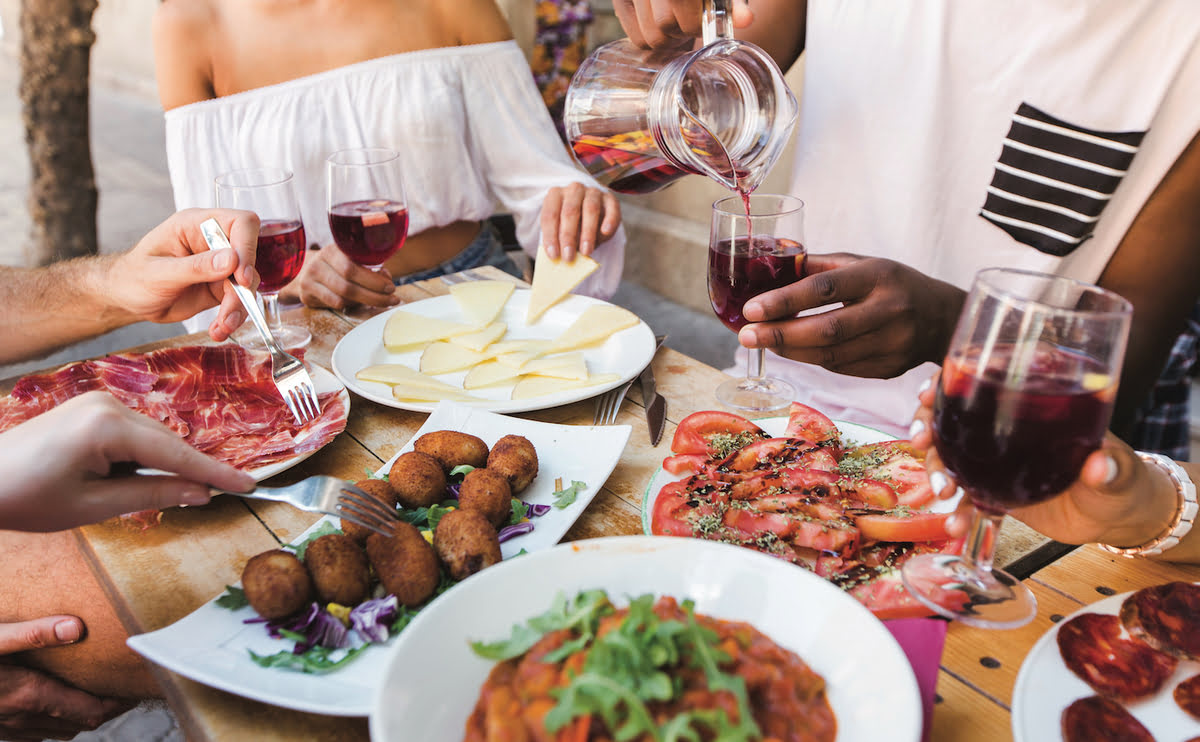
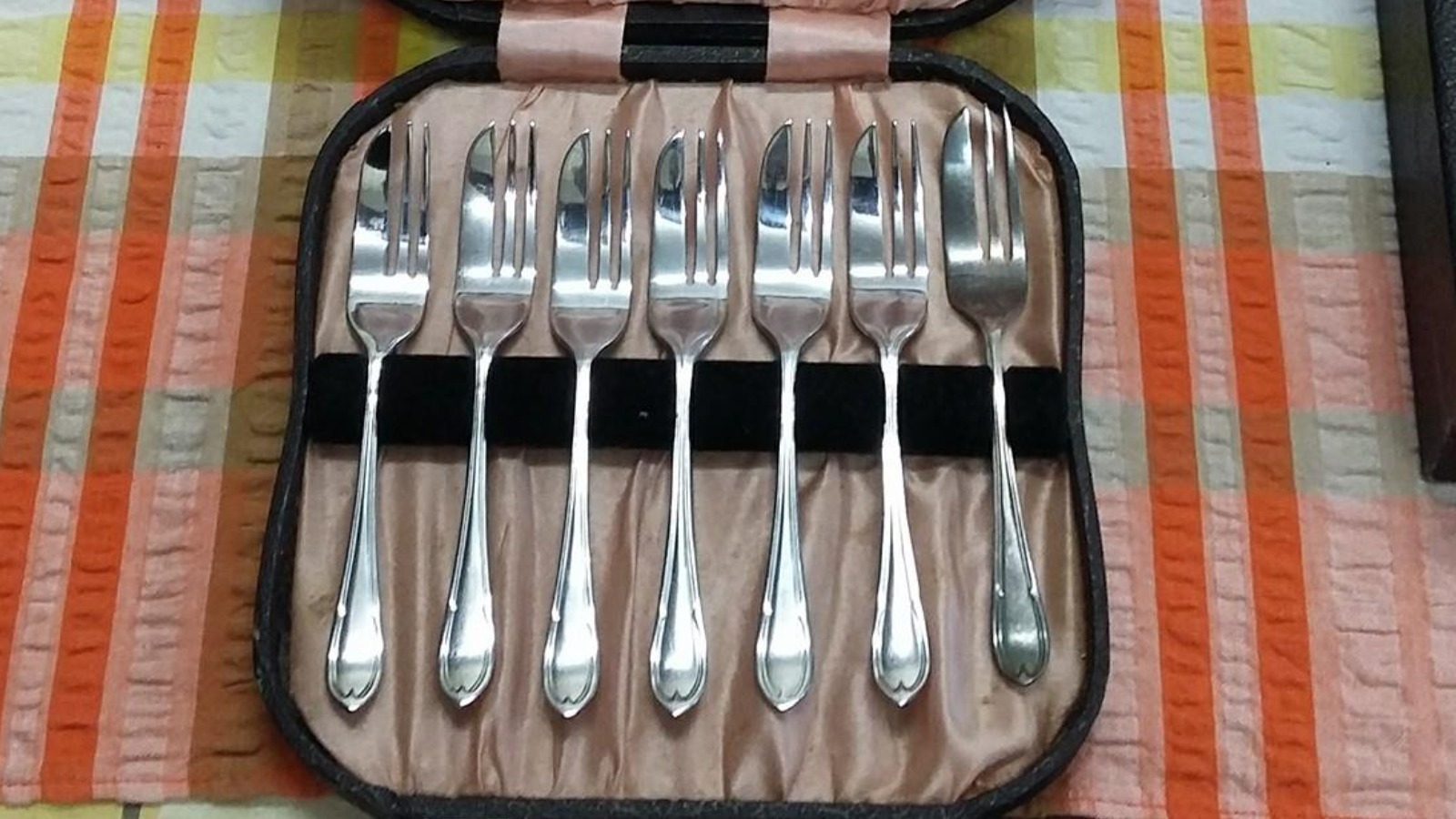
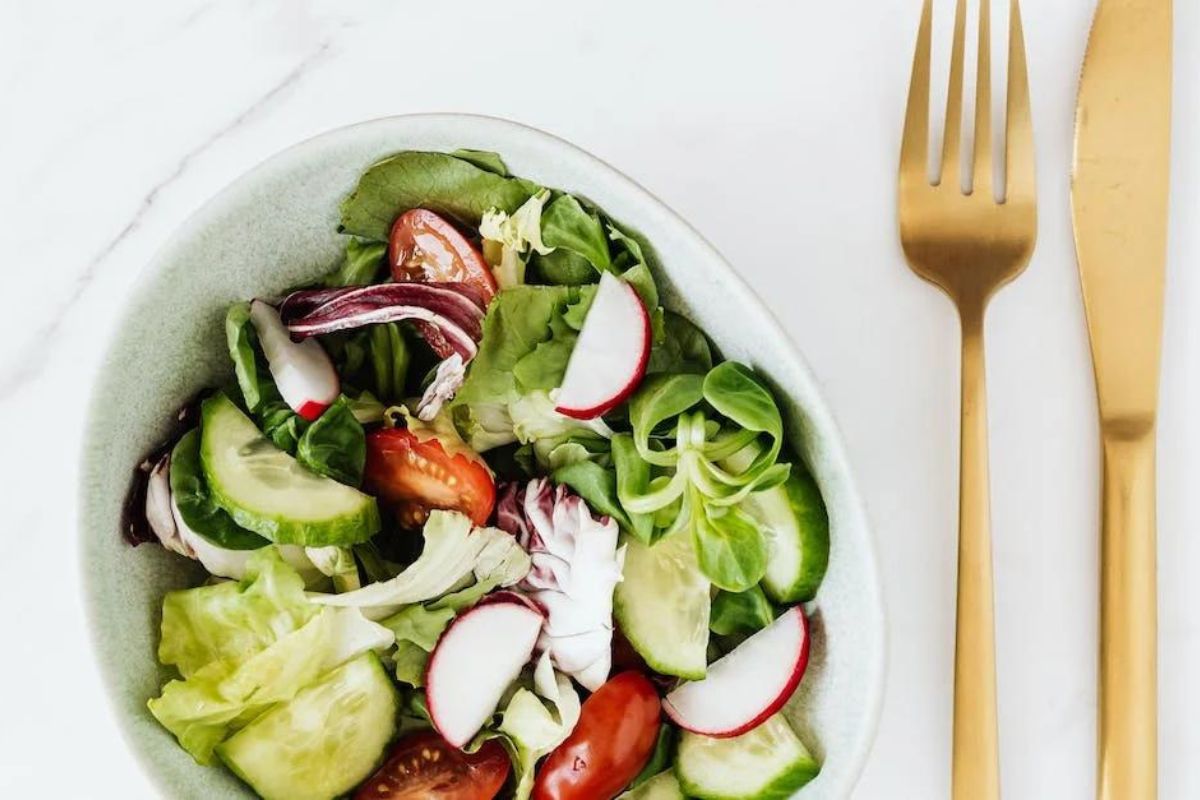
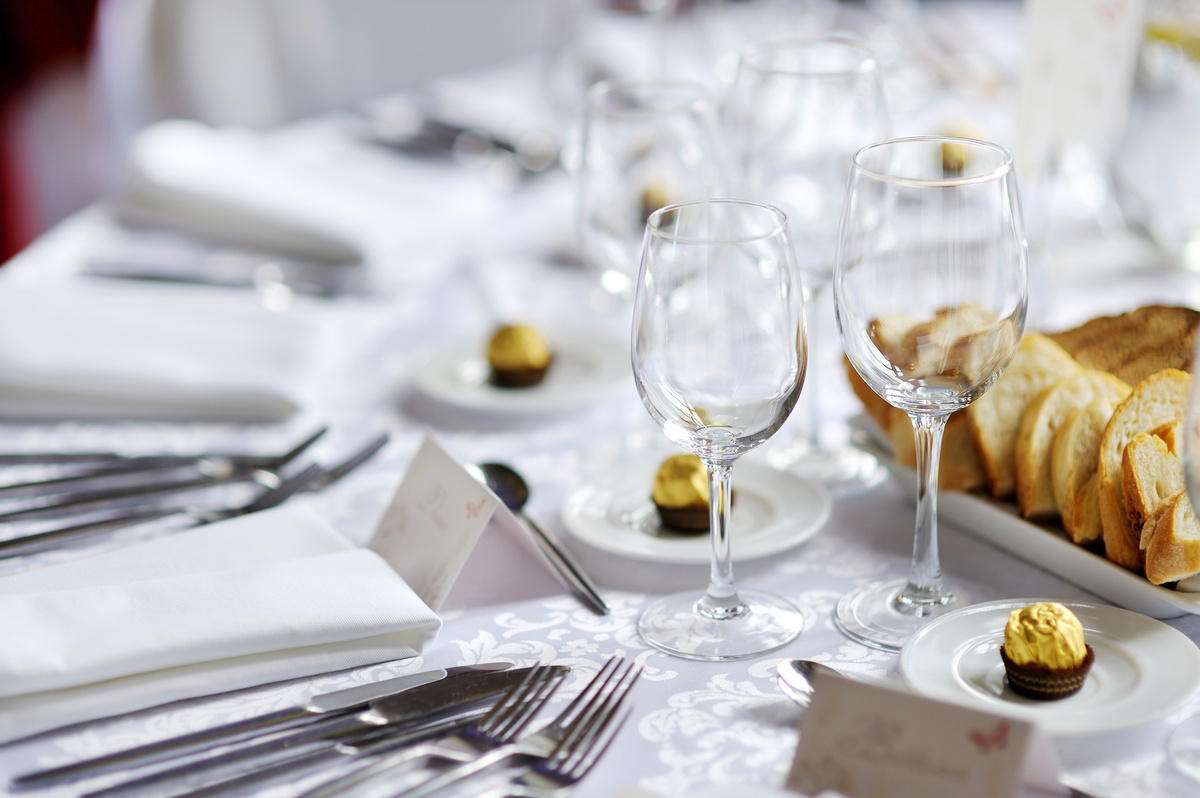
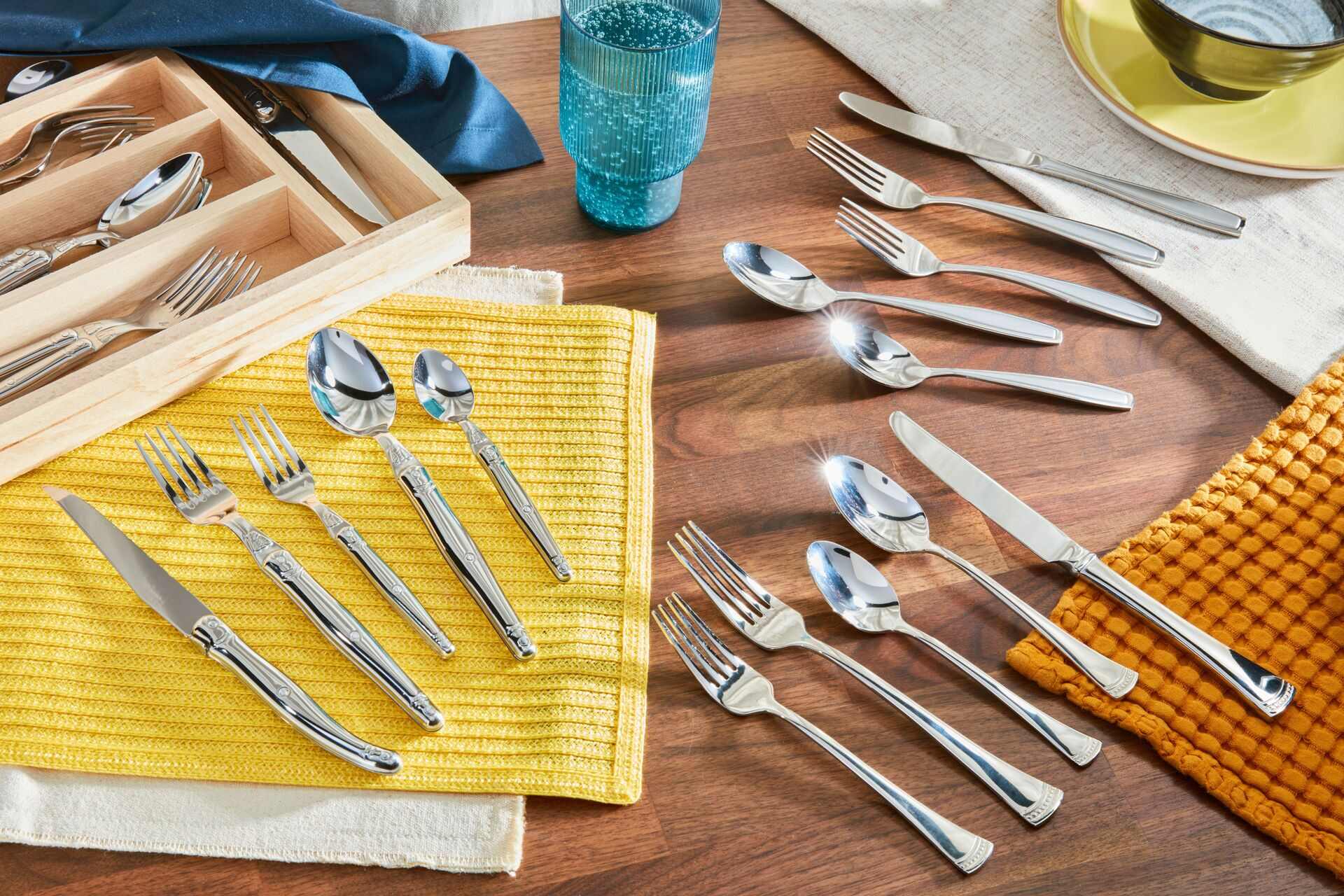
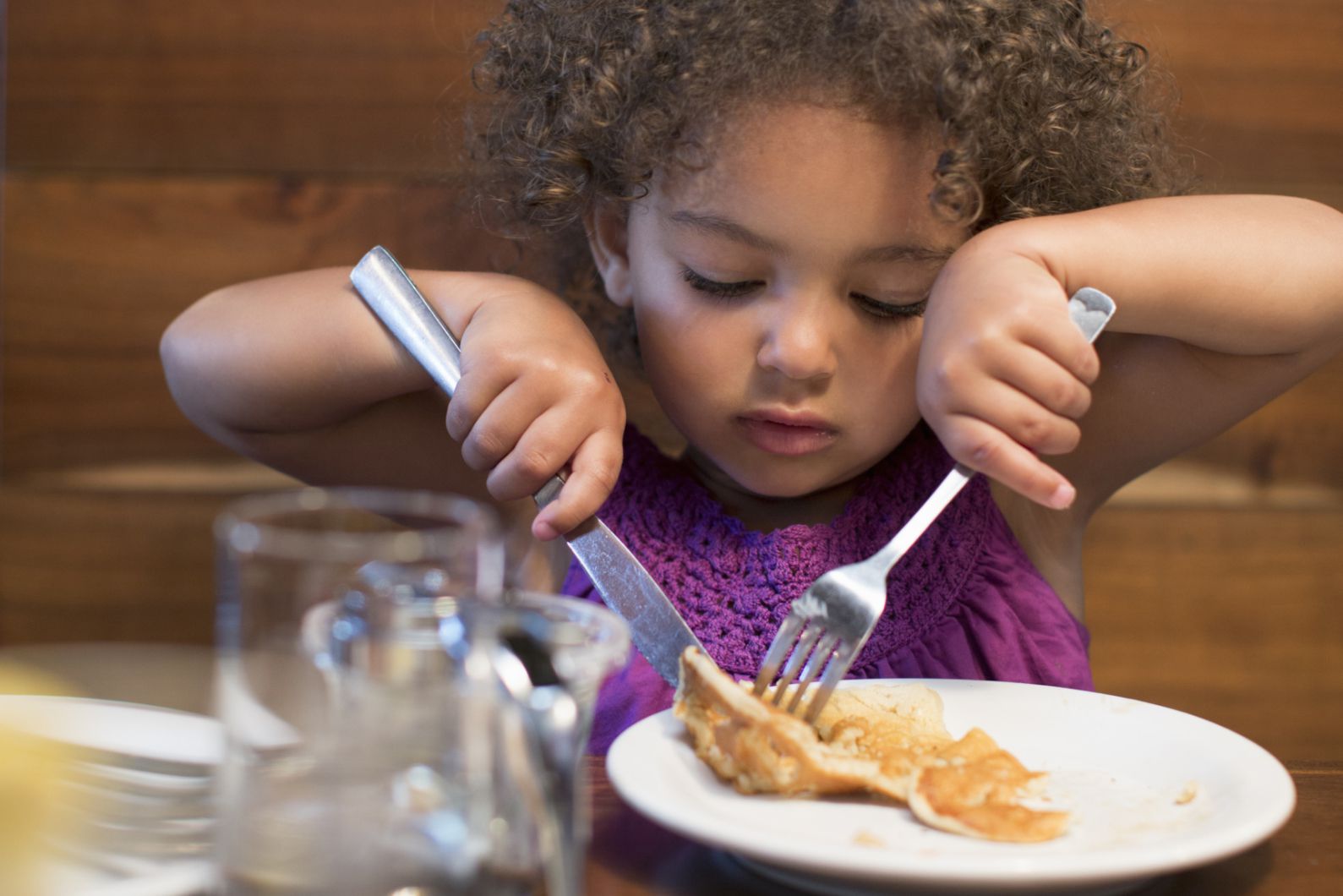
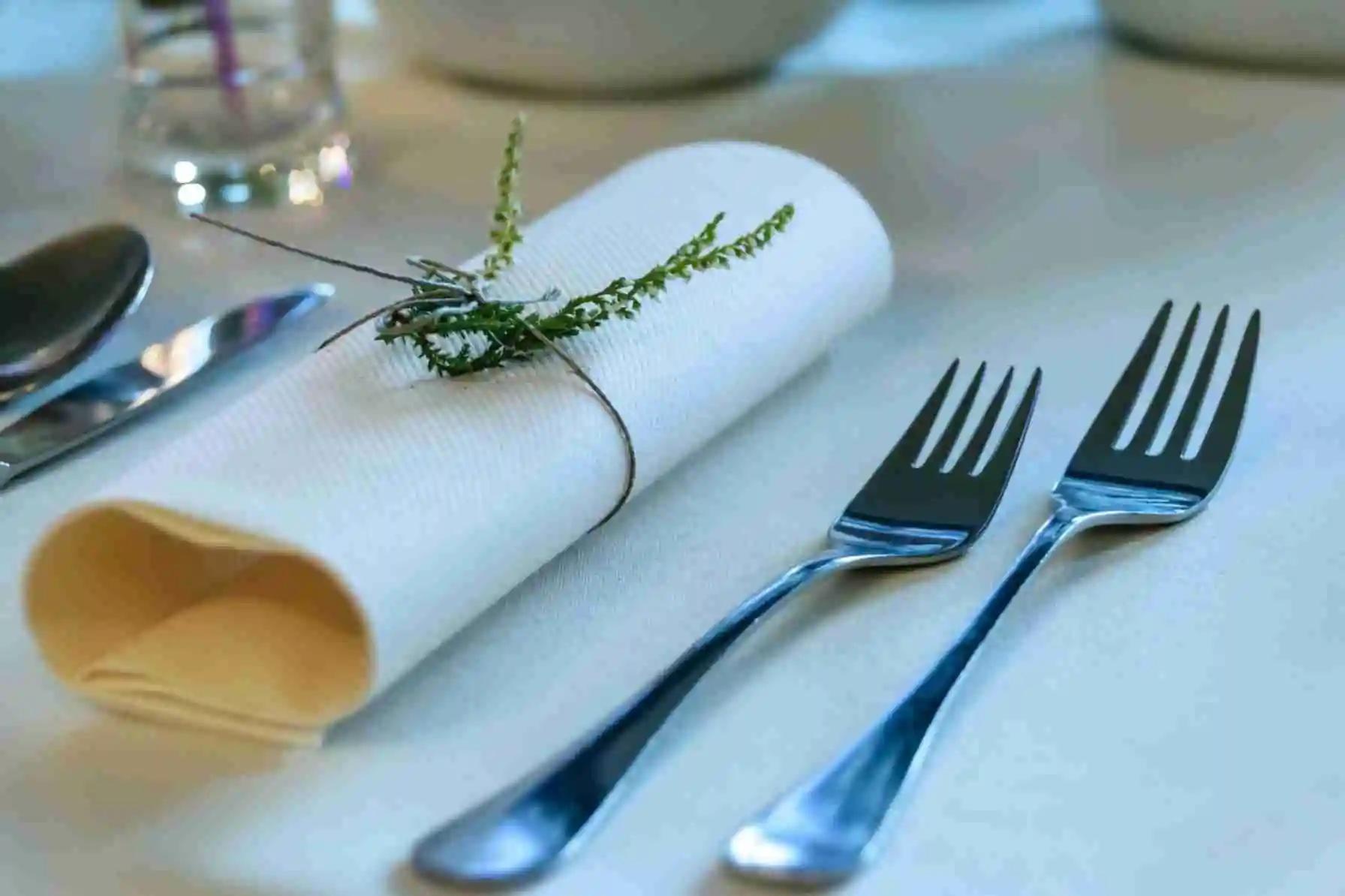
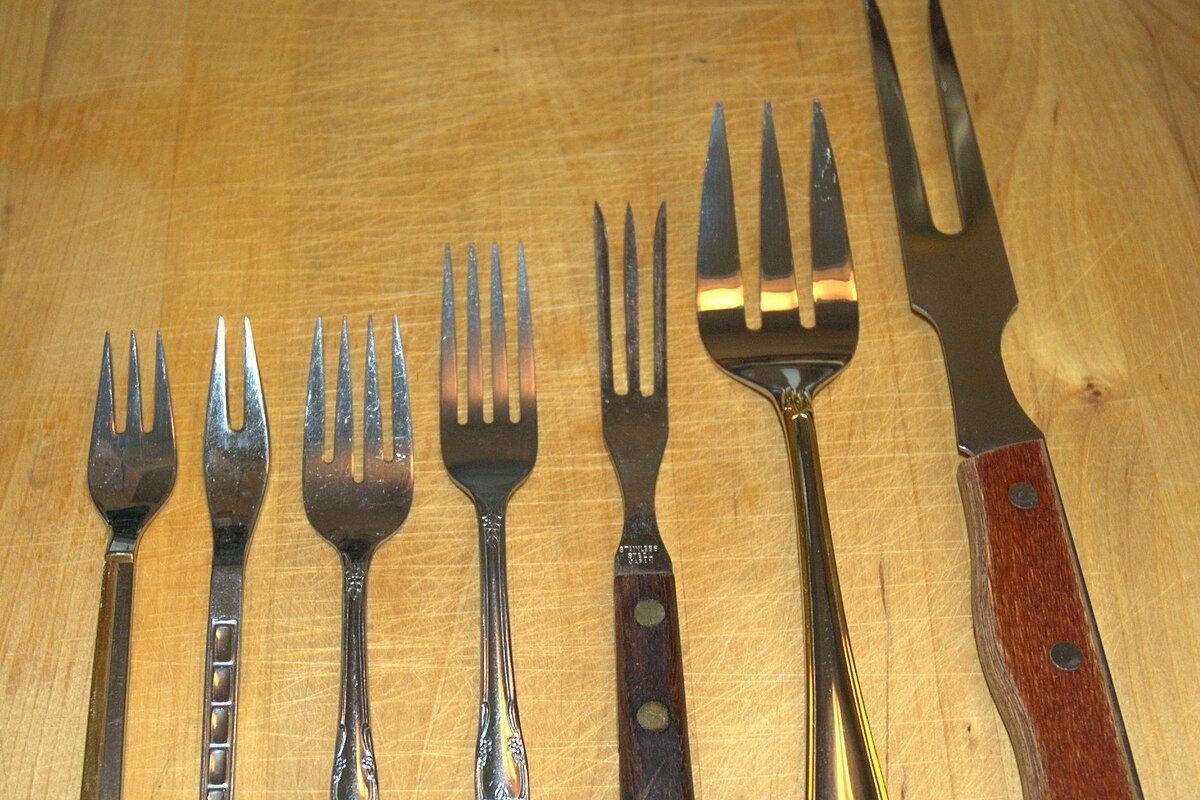
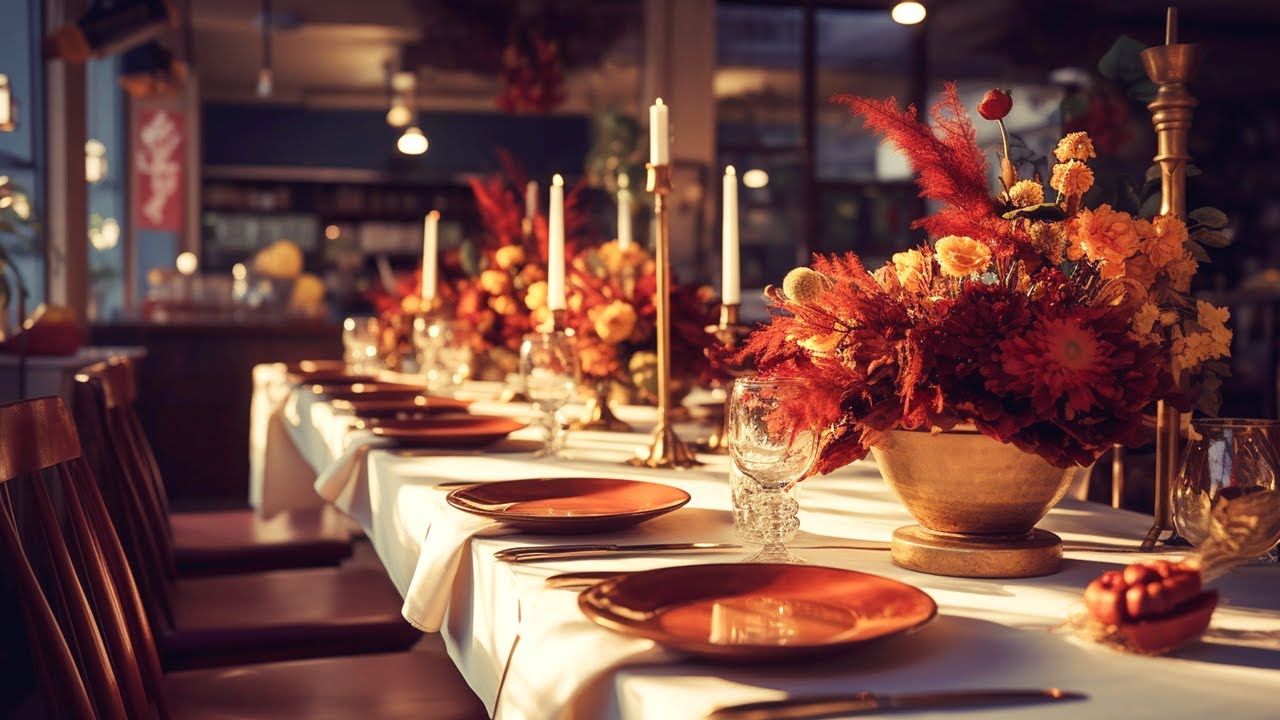

0 thoughts on “Table Etiquette: How To Rest Forks”